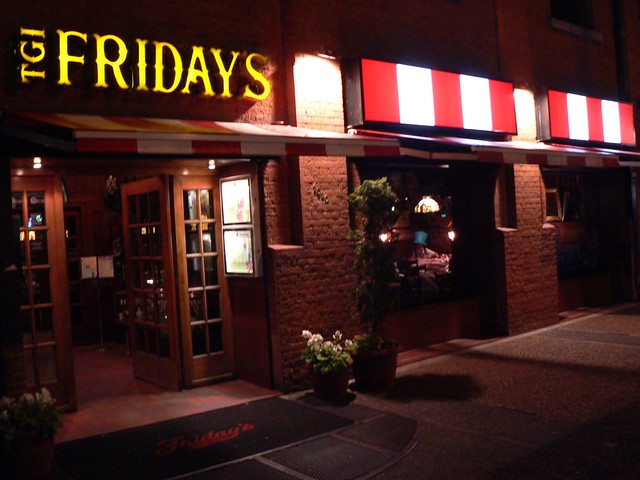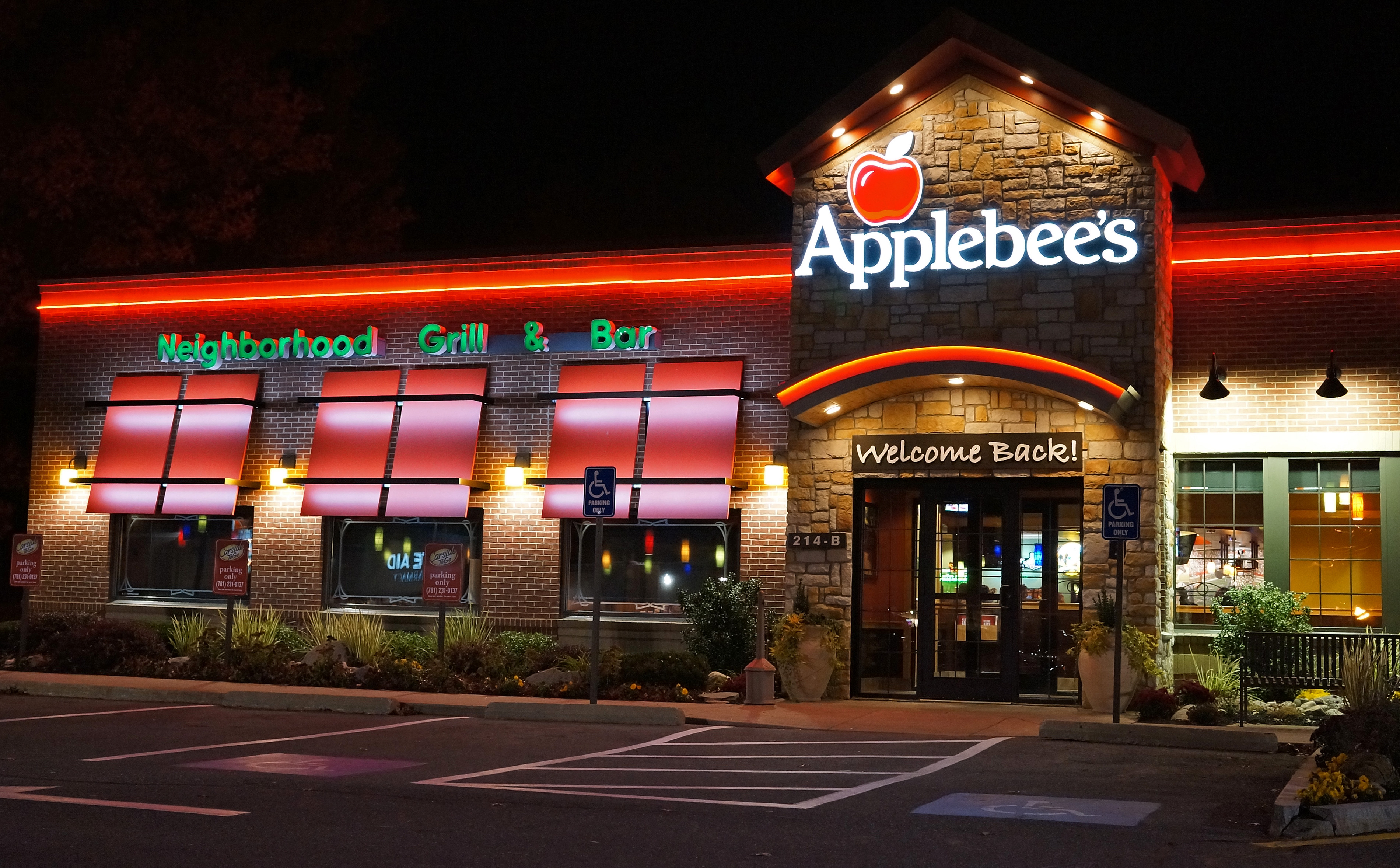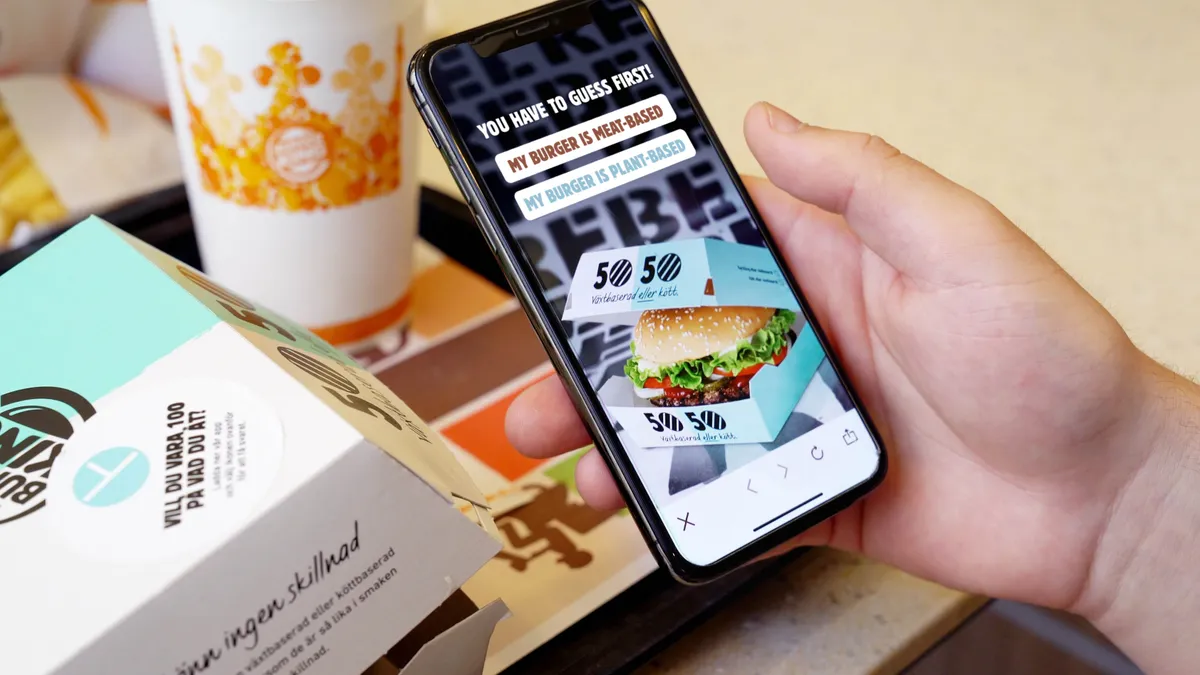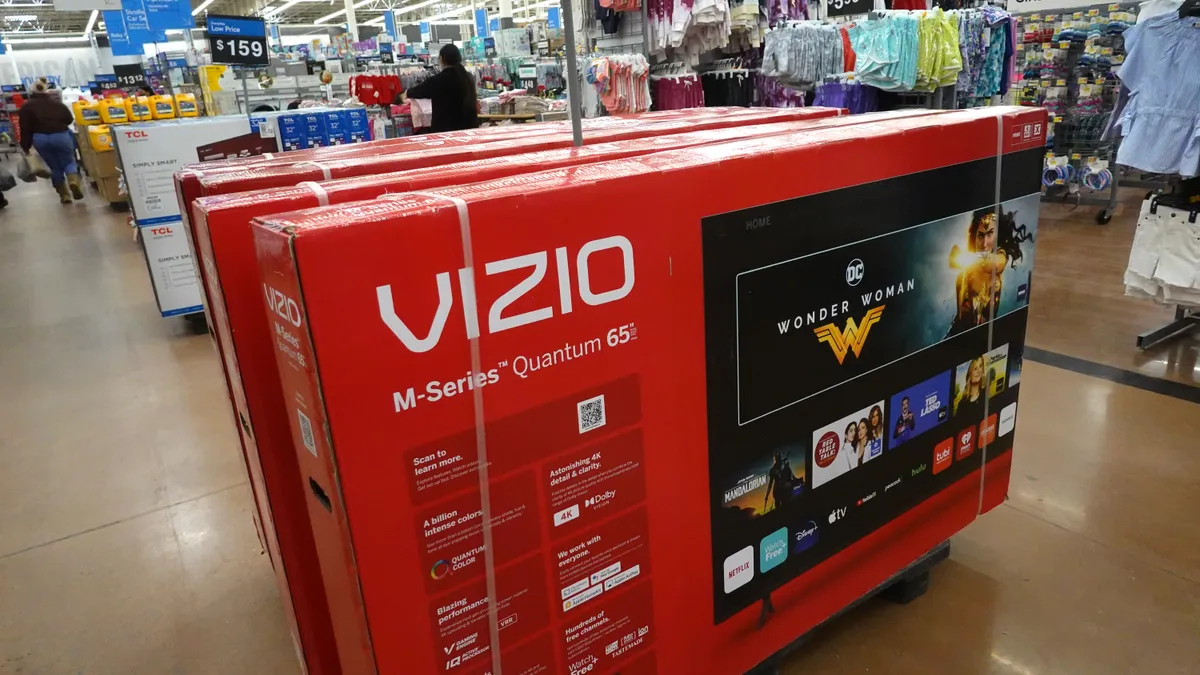It is no secret that fast casual restaurants like Chipotle and Panera are game-changers in the way they’ve merged fast food service with quality ingredients. This has spelled trouble for restaurants like Olive Garden and TGI Fridays, whose price points are typically over $10 but aren’t known for having exceptionally good food. And with a slow economic recovery since the 2009 recession, things aren’t looking great for the storied, all-American sit down restaurant chains.
Despite bleak numbers, that doesn’t mean chain restaurants aren’t trying to adapt to changing times. Here is how some of the struggling restaurants are switching up their marketing strategies:
Red Lobster

Seafood is typically synonymous with high-class fare, so Red Lobster is attempting to rid itself of its chain restaurant image. After being sold by Darden Restaurants Inc. to investment firm Golden Gate Capital in July, new CEO Kim Lordrup announced the end of promotions such as “30 shrimp for $11.99” and “low-priced specials we’re not proud of,” Lordrup said. The more iconic promotions like “Crabfest” and “Endless Shrimp” will stay, however.
In addition to switching up their menu, Red Lobster is also planning on replicating its food presentation to be more like high-end restaurants. Instead of having the seafood, rice and vegetables in separate corners of the plate, the dishes off the “fresh fish” menu will have the seafood presented on top of a bed of rice.
Olive Garden

While Darden Restaurants Inc decided to keep Olive Garden and sell Red Lobster, it is still seeing losses as net income fell from $133.2 million last year to $86.5 million in the fiscal fourth quarter this year. To attract diners, Darden Restaurants has decided to take the opposite approach as Red Lobster. The Italian restaurant is undergoing what is being billed as a “brand renaissance,” and changes include smaller lunch portions, online ordering and faster dine-in service.
But the most drastic change with Olive Garden is in the appearance. It's switched its logo, made the interior more modern with less of an emphasis on the Tuscan theme and changed its tagline from “Italian Restaurant” to “Italian Kitchen.” The idea seems to be aimed at chasing a younger audience, who might think of Olive Garden as a place they would go to with their parents or grandparents.
TGI Fridays

TGI Fridays has probably taken the most dramatic step to boost declining revenue. The restaurant has always marketed itself as a casual space for friends to hang out and grab a bite after work, but the price point just can’t compete with places like Chipotle and Panera. To get back in the game, it recently announced “$10 endless appetizers."
Pretty self-explanatory, the move has received a lot of press, from the New York Post declaring that it is an “act of desperation,” to the Gawker reporter who spent 14 hours trying to find the end of the “endless appetizers.” Her results weren't pretty.
Applebee's

While Applebee’s acknowledges its financial struggles, it has been the least transparent about re-branding efforts. In July, the restaurant submitted an application to trademark "No Tech Tuesday," but then vehemently denied it was going to implement such a strategy. In a July earnings call, DineEquity (Applebees parent company) CEO Julia Stewart ruled out plans for making the restaurant swankier, or on the other side of the spectrum, more like a Panera. The only real insight given into possible marketing efforts were regarding alcohol consumption, stating that the company is “exploring what they can do with craft beer.”










